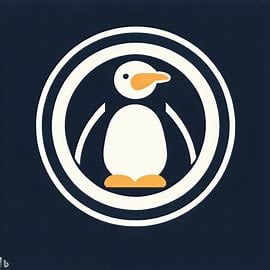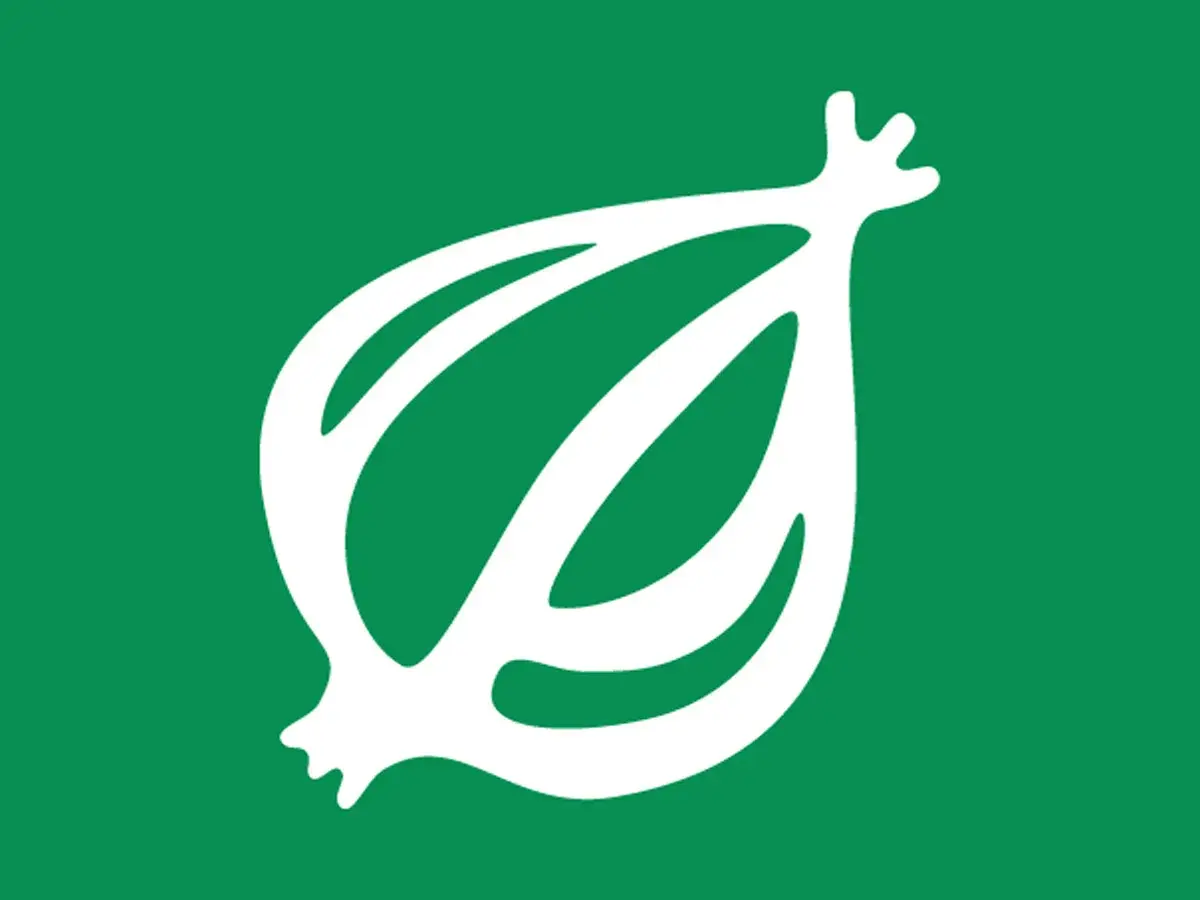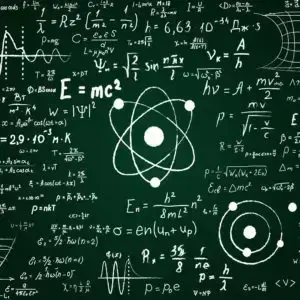This is a forum. If you don’t get the joke, you can ask and have it explained to you. Most memes are some form of in-joke regardless, so you often have to do a bit of learning the first time.
What was off about your first comment was recognizing it for what it was before proceeding to miss the joke entirely.
What was off about your replies was trying to compare it to the Scottish coat of arms; if you know the Scottish coa, you probably wouldn’t associate it with piss yellow and white. If you don’t know it, you wouldn’t mix them up anyway.











The original paper is called “Excitons in the fractional quantum Hall effect”
If you know what that means, it’s more clear and less misleading than the phys.org headline.
If you don’t know what that means, it’s a novel combination of two known properties of materials—excitons and the fqhe.
The buzz appears to be that it leads to some weird excitations/quasiparticles that have non-bosonic statistics. Namely, anyons and fermionic excitations can appear (the former is a known phenomenon, but the latter has only been theorized—a fact that honestly surprised me). This loosely relates to some types of quantum computers, but in all honesty, I would expect this paper to only be interesting to those in condensed matter physics, and I’m not entirely sure why it was picked up and turned into a thing.